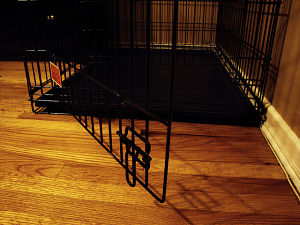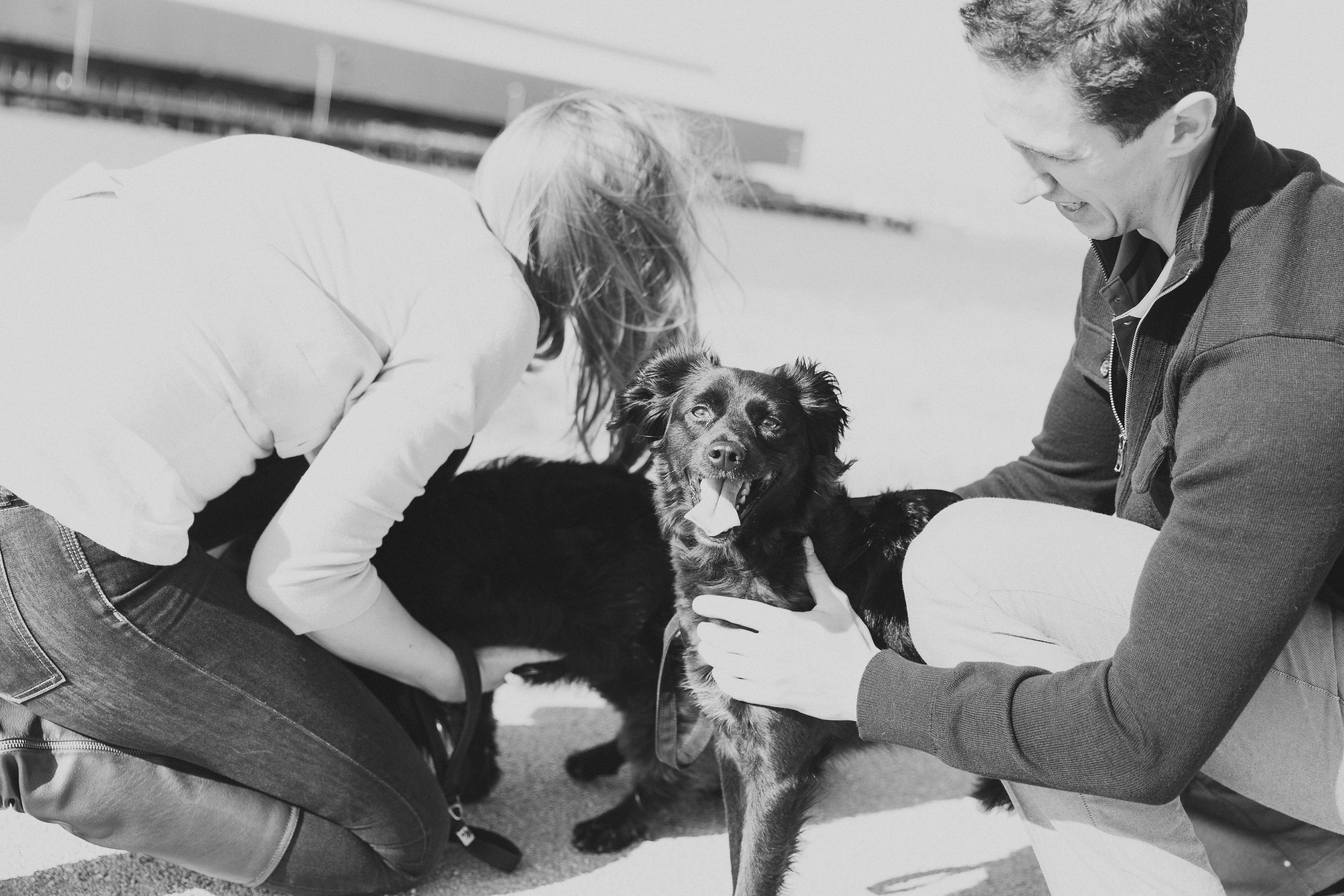1). Buy the Right Size Crate A crate for a puppy can be made of molded plastic or open wire with a metal tray on the bottom. If you plan to travel with your puppy on airlines, a molded plastic crate is usually the best choice, while many dog owners choose to use an open wire crate in their home.
When it comes to using crate training as a way to help housebreak your puppy, the size of the crate is very important. It is not meant to be a place for exercise or play—your dog should be able to have enough room to stand up, lie down, and turn in a small circle. The reason for this goes back to a dog’s instinct as a den animal, since canines do not urinate or defecate in their dens. If you buy a crate that is too large, your puppy will be able to find a space to use the bathroom away from where he is relaxing, which can make housebreaking much more difficult.
“When it comes to using crate training as a way to help housebreak your puppy, the size of the crate is very important.”
3) Include a Lot of Human Interaction When done successfully, crate training is an excellent way to housebreak a puppy and can also create a space that your puppy will appreciate having as he gets older. But it must be remembered that puppies require a lot of human interaction for proper socialization and good mental health. Your frequent interactions with your puppy will play a vital role in helping him become your best friend and a true part of the family. A crate is a safe place for your puppy to stay for short periods of time while you’re away from home, but refrain from ever leaving your puppy in his crate for an extended period of time.
Do you have any tips for crate training that worked for you? Share by leaving a comment!


